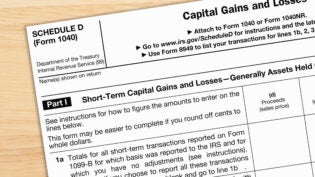
Here is a great question from a reader after my most recent article:
Good morning Ruth, hope all is well with everyone, Thank you for the detailed book The Courage to be Profitable. I have listened to the CD’s several times and read the book and I have a question. I thought we were doing the correct calculation with cost per hour. We are adding short term liabilities to the Overhead list of expenses so we can cover those costs. I don’t see that in the Overhead list you use in the book. If we don’t add those expenses to that list how would we pay the short term liabilities?
Here’s my answer.
Thanks for your email. This can be an area of confusion for many business owners. Also, many bookkeepers don’t account for loan repayments and other short term liabilities properly. When you took out the loan for the asset, i.e., the truck, you didn’t consider that purchase a sale. Therefore, when you repay the loan, it isn’t an expense.
When a loan is repaid, part of the repayment is principal repayment (a balance sheet item) and the other part is interest expense (a P&L item). Overhead is strictly P&L expense. Your bookkeeper must divide the total payment into the balance sheet and P&L components.
The bottom of your P&L shows profit—not cash. Remember that profits are not cash. Only the interest payment for loans is covered in overhead. There are also some non-cash expenses such as depreciation in overhead.
So, to determine the cash you need each month: Take your monthly overhead plus principal on loan payments and other short term liabilities minus non-cash expenses such as depreciation.
Then, if you want to divide that by your gross margin, the result is the break even on a cash basis. However, this assumes that you pay COD for your direct costs. Your labor costs are generally COD—your employees are not going to wait a month to get paid. However, your equipment purchases might be 30 days behind so you must take into account when you pay your suppliers.
Remember that your monthly cash needs include overhead costs plus direct costs. This is different than your break even on a profit and loss basis.
Published: July 19, 2013
4190 Views
4190 Views











